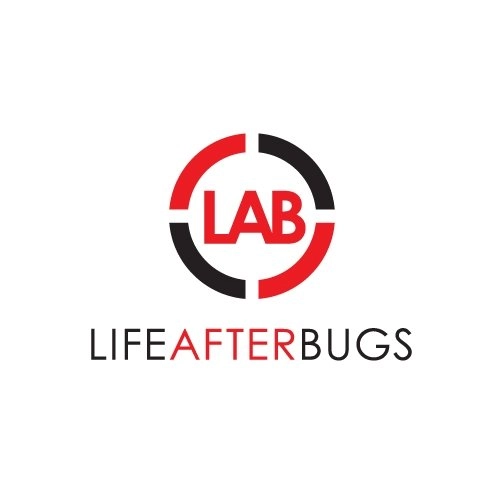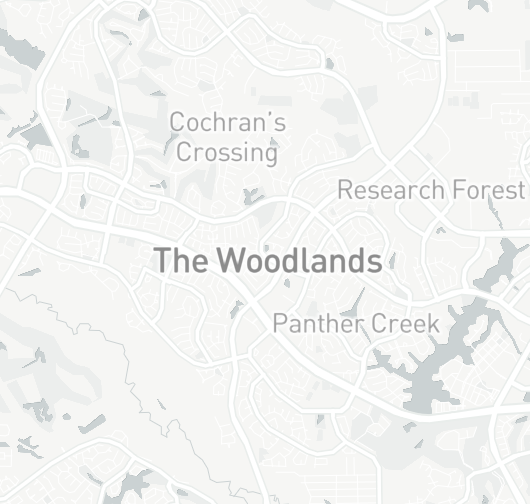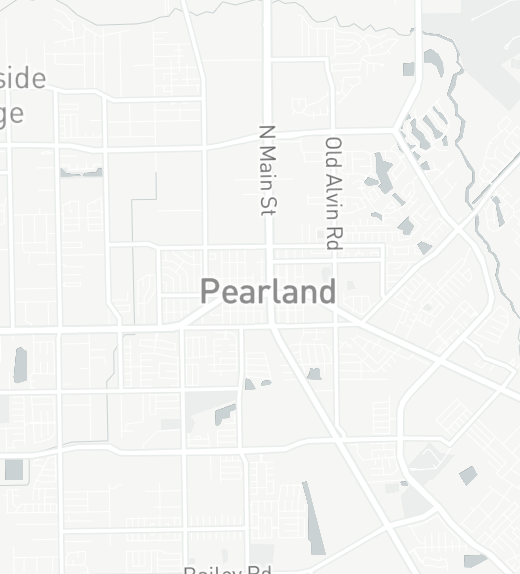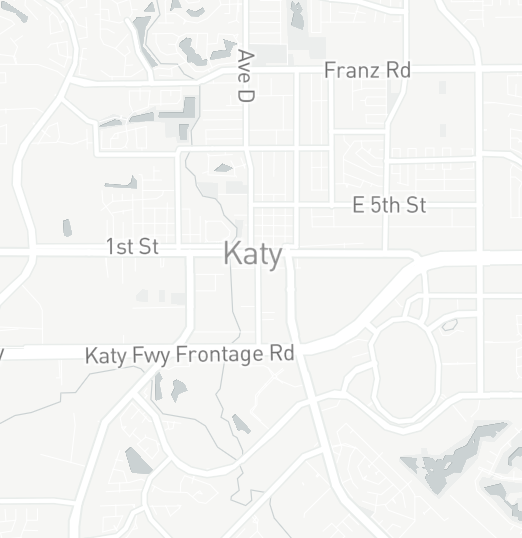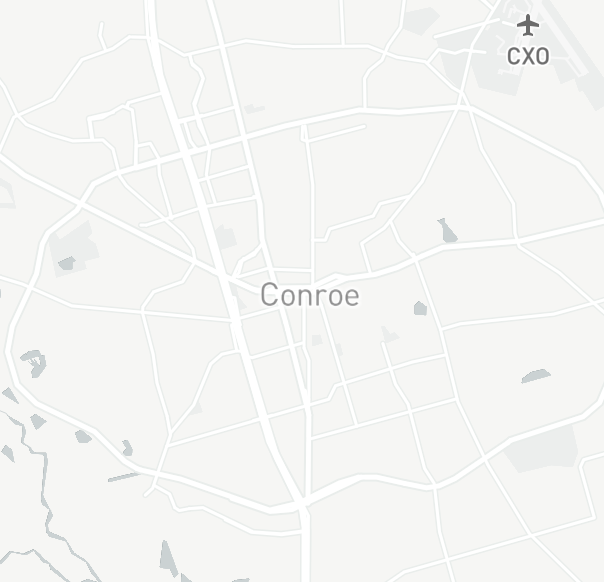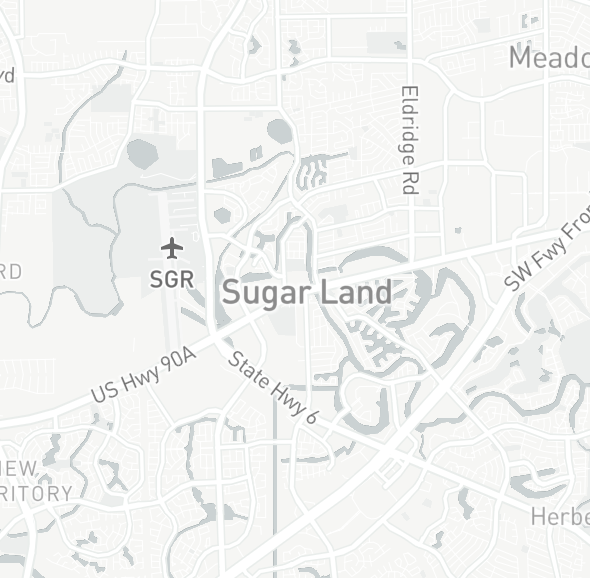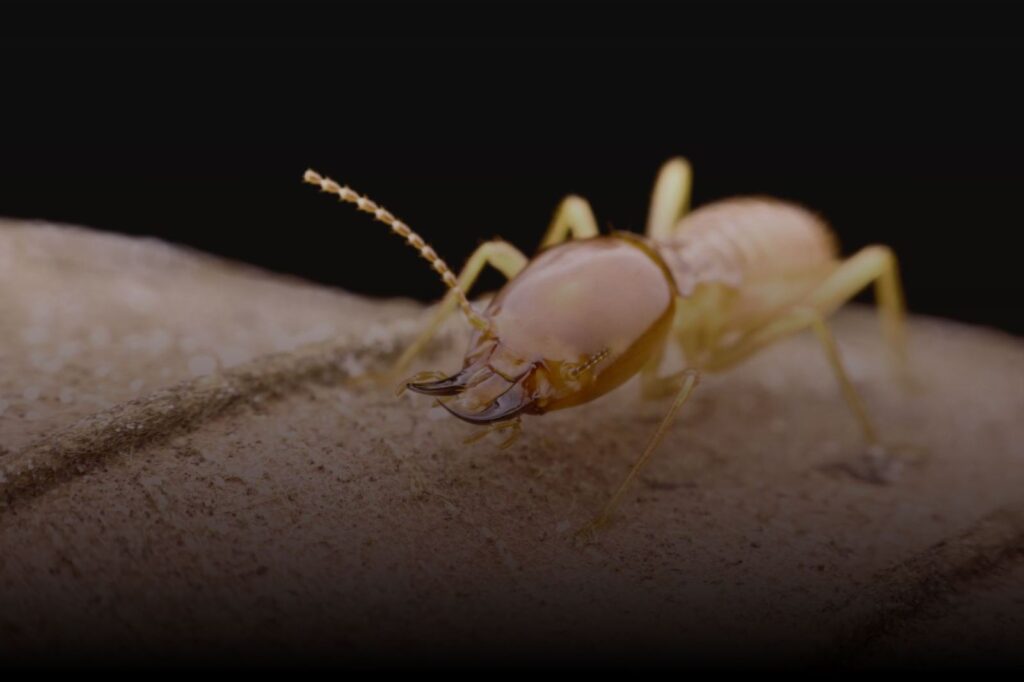Termites can cause significant damage to structures, compromising their integrity and leading to costly repairs. Therefore, it is essential to protect your property from the destructive nature of termites. But with the availability of various treatments, how can you identify the most effective ones?
With the help of this blog, you can now identify the most effective treatments for termites.
Understanding Termite Behavior
Before delving into the treatment methods, it is crucial to grasp the behavior and characteristics of termites. Termites are social insects that live in colonies, typically comprising workers, soldiers, and reproductive members. They feed on cellulose-containing materials, including wood, paper, and plant debris, making them a significant threat to buildings.
Termites construct intricate tunnel systems and often go unnoticed until substantial damage has occurred. Identifying the signs of termite activity, such as mud tubes, discarded wings, and hollow-sounding wood, can help determine the presence of an infestation.
The Most Effective Treatment Methods
Some of the most effective treatments for termites are:
- Using Liquid Termiticides
Liquid termiticides are a popular and proven treatment method for termite control. These chemicals are applied to the soil around the foundation of a structure or directly onto infested wood. The termiticide creates a barrier that either repels or kills termites upon contact. Additionally, certain liquid termiticides have a transfer effect, enabling the toxic substance to spread throughout the termite colony, eliminating a larger population.
One widely used and highly effective liquid termiticide is Termidor SC. Its active ingredient, fipronil, has demonstrated exceptional results in termite elimination and long-term protection against future infestations.
- Arranging Termite Baits
Termite baits offer an alternative approach to liquid termiticides, particularly for subterranean termites. These baits consist of cellulose materials laced with slow-acting toxic substances. Strategically placed in areas of termite activity, such as the soil or monitoring stations, termite baits attract termites.
Once termites consume the bait, they carry it back to the colony, gradually reducing the population and eventually eliminating it. This method focuses on targeting the entire colony rather than individual termites, making it an effective long-term solution.
- Fumigation
Fumigation is a highly specialized treatment method used for severe termite infestations or when other approaches have proven ineffective. The process involves introducing gaseous pesticides into the structure or enclosed space, ensuring the penetration of all areas, including hidden termite colonies.
Fumigant gases effectively eradicate termites throughout the structure, including those hidden within walls, floors, and inaccessible areas. Fumigation provides a comprehensive solution for rapid and thorough termite elimination.
Choosing the Right Treatment
Selecting the most suitable treatment method depends on various factors, including the severity of the infestation, the type of termites involved, and the specific requirements of the property. Consulting with a professional pest control company is strongly recommended to accurately assess the termite situation and determine the optimal treatment approach.
In Conclusion
Effective termite control is essential for safeguarding your property from the devastating effects of these destructive pests. However, it is advised to hire a professional for the job as these methods need precision. You can hire our Houston Pest Control company-Life After Bugs for the best termite treatment. We are located in Houston, Texas, and offer the most reliable pest control services. Contact us now to know more!
